HIGH SCHOOL
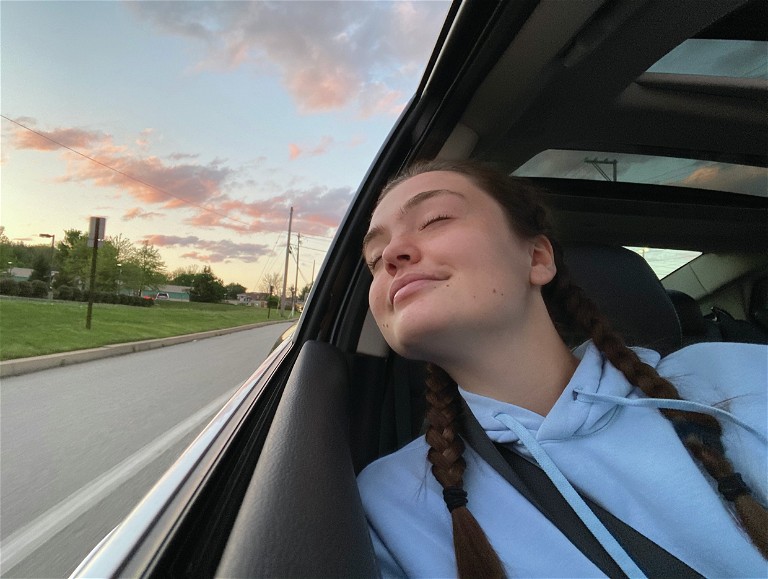
Brooke M., Free, grade ten.
Robin Brewer
What do you think of when you hear the word mindfulness? For me, it means finding peace through being in the moment. When you think about it, that’s just what a photographer does— obser ve and focus in on the visual importance of a moment, preserving an experience to share or revisit in the future. Some photography will transport viewers to another place through imagery that prompts them to remember sounds, smells, favorite foods, and past visual experiences. It is this aspect of photography that I recently found to be most helpful in reaching my students and encouraging them to slow down.
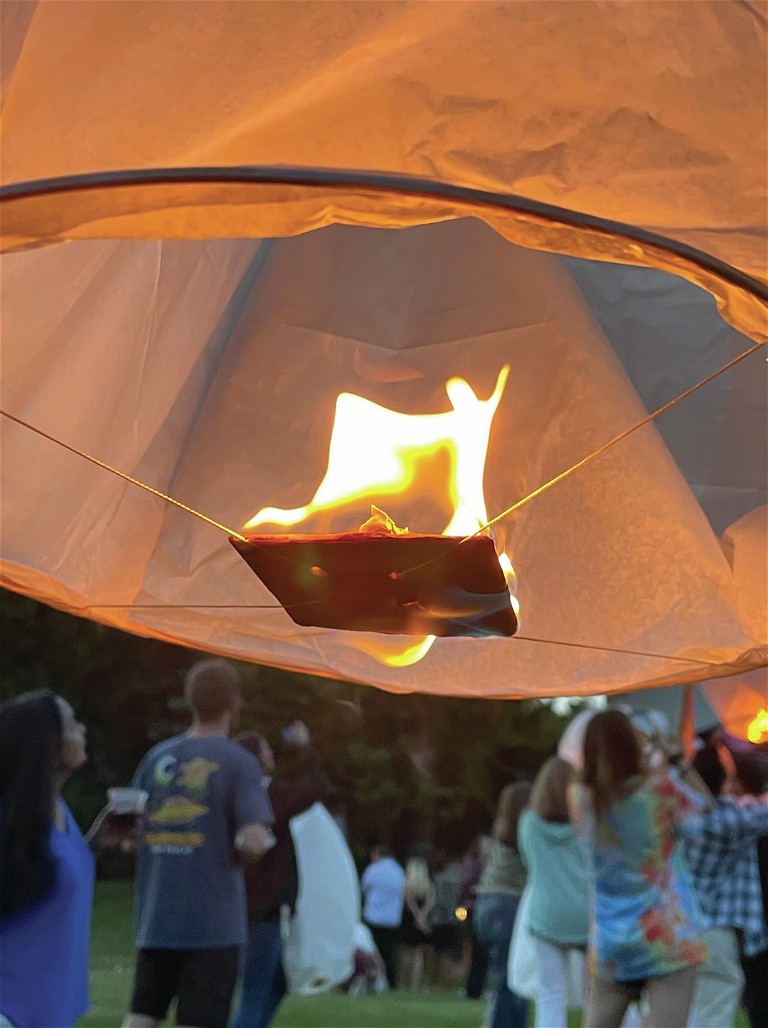
Mary L, Lantern, grade twelve.
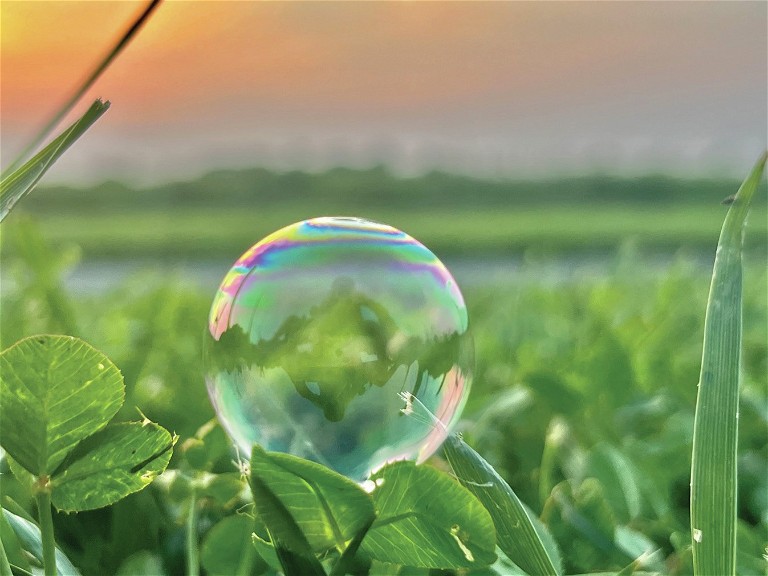
Sara L., Morning Reflection, grade twelve.
At the end of the 2020–2021 school year, many students were experiencing fatigue and apathy after a year of virtual education. A few high-school students were in my photography classroom for in-person instruction, but the majority were still online. I needed to mix things up and give students a break from looking at their screens. Mindfulness was also being utilized in our district as a strategy to help students focus, so I began brainstorming ways to combine photography and mindfulness.
The Seven Senses
The act of photographing in a mindful way can serve two purposes. First, the photographer benefits from entering a state of quiet self-ref lection while shooting what they see, hear, smell, taste, and feel. Second, the viewer benefits from this process through shared sensory events like the smell of coffee or the sound of traffic.
The Senses Project was the ultimate culminating exercise because students combined their technical photography knowledge with the mindful practice of slowing down.
After reviewing the traditional five senses (sight, smell, touch, sound, and taste) with my students, I told them that there are at least two other senses to consider. I introduced them to the vestibular sense, or sense of movement and balance, as well as the proprioception sense, which refers to our own awareness of our body.
I prompted students with questions for each sense:
- Sight: What is beautiful? Does a photo have to show beauty to be a “good” photo? When you are out and about, what catches your attention?
- Smell: If you’ve ever been fishing, you know just what that smells like! Or maybe you can imagine it… How can you show the scent of something in a photo?
- Touch: Does the subject have a unique texture? How would it feel to touch it? How can you shoot the photo to emphasize that texture?
- Taste: Many of us have taken food photos before. Can you take a photo that would make someone’s mouth water?
- Sound: What does it sound like when you are in the city, out in nature, or in a busy café?
- Vestibular: Where are you? Are you still or moving? Challenge yourself to show movement in your photos.
- Proprioception: Can you create a photo that emphasizes your point of view? (By shooting down at your shoes or holding something in your hand.)
Mindful Photography
For the Senses Project assignment, I asked students to shoot images that recall the senses. Over the course of two weeks, students took walk breaks around the school or shot new photos if they went out. They could also shoot some photos in and around their home. Students were encouraged to shoot many photos, then curate the best ones to show the rest of the class. I gave them some tips before they went out, including:
- Take a deep breath. Relax. Can you smell anything? What is creating the scent?
- Get in touch with nature. Go for a walk. No earbuds. Just look, listen, smell... Let yourself think about whatever comes to mind.
- Remember and connect with what you see. What is your relationship to the things you see? Do they remind you of another time or place?
- Look closer and zoom in mentally and with your camera. Is it a field? Is it a tree? Is it a branch? Is it a leaf? Is it an insect? Keep looking for the things you forgot how to notice, like textures and patterns.
- Visualize and compose with a focal point in mind. What do you want people to see and feel?
- Don’t overthink it! Almost anything you photograph can be associated with the senses. Look for the things that interest you, find the best composition, and take that photo!
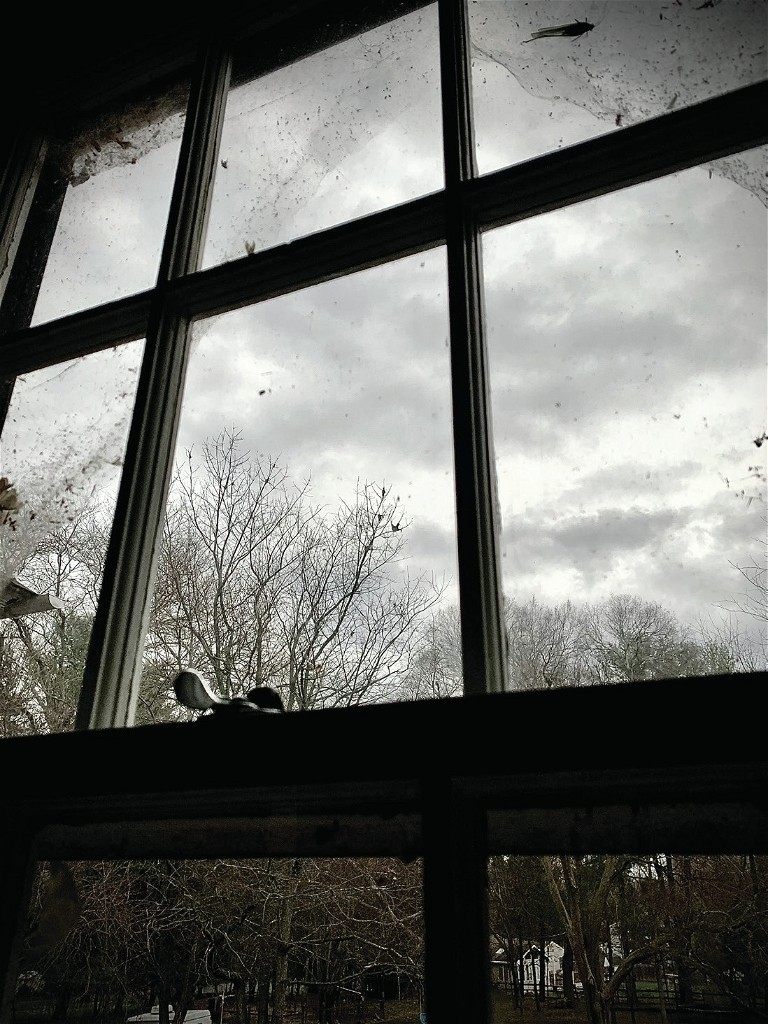
Sameeha S., Rainy Day, grade twelve.
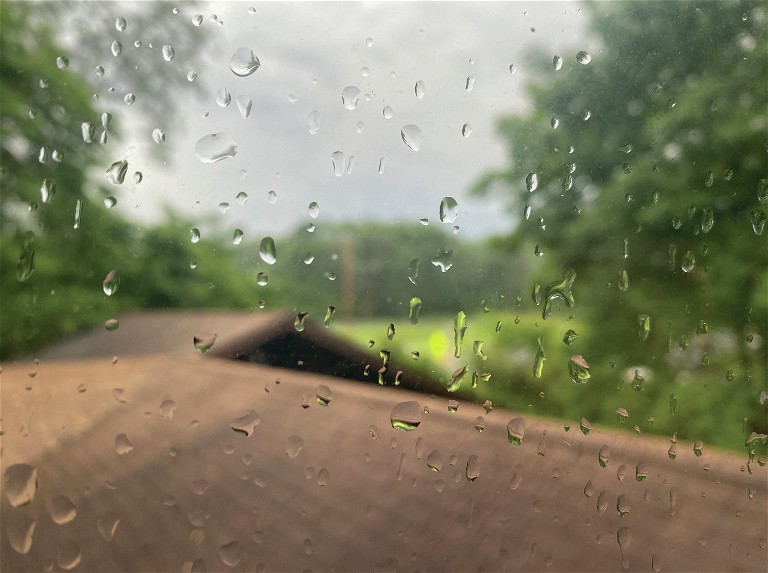
Renne C., Cloudy Day, grade twelve.
Presenting and Discussing
After two weeks, students presented their best photos in a slideshow presentation and shared stories about their favorites. I found that this assignment produced some of their best work and also led to good class discussions. The Senses Project was the ultimate culminating exercise because students combined their technical photography knowledge (camera settings, techniques, and composition) with the mindful practice of slowing down and experiencing their world through the senses.
NATIONAL STANDARD
Creating: Generate and conceptualize artistic ideas and work.
Robin Brewer is an art educator and department liaison at Garnet Valley High School in Glen Mills, Pennsylvania, and NAEA Secondary Division Director-Elect. robinbrewerpaea@gmail.com